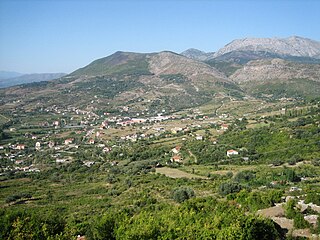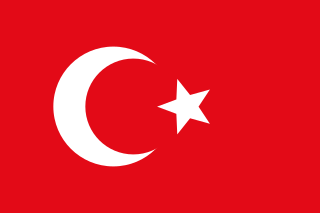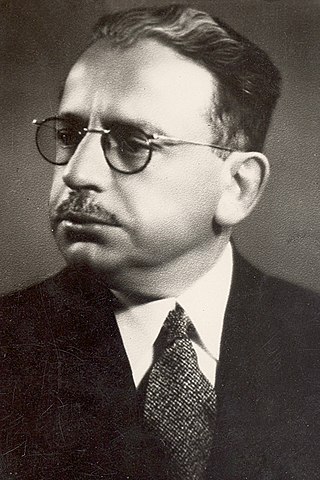
Mirditë District was one of the 36 districts of Albania, which were dissolved in July 2000 and replaced by 12 newly created counties. It had a population of 37,055 in 2001, and an area of 867 km2 (335 sq mi). It is in the north of the country, and its capital was the town of Rrëshen. The district was located within the wider region of Mirdita, whose territory is synonymous with the historic Albanian tribe of the same name. The area of the former district is coextensive with the present municipality of Mirditë, which is part of Lezhë County.

Lezhë County is one of the 12 counties of Albania. The population as of 2021 was 120,678, in an area of 1,620 km². Its capital is the city Lezhë.

Mirditë is a municipality in Lezhë County, northwestern Albania. It was created in 2015 by the merger of the former municipalities Fan, Kaçinar, Kthellë, Orosh, Rrëshen, Rubik and Selitë. The seat of the municipality is the town Rrëshen. The total population is 22,103, in a total area of 870.26 km2. It is coterminous with the former Mirditë District. The municipality is located within the wider region of Mirdita whose territory is synonymous with the historic Albanian tribe of the same name.

Mirdita is a region of northern Albania whose territory is synonymous with the historic Albanian tribe of the same name.

Dedë Gjon Luli Dedvukaj also referred to as Ded Gjo Luli and Deda was an Albanian guerrilla leader most notable for commanding the Malissori uprising against Ottoman troops. He was posthumously awarded the "Hero of Albania" title. Dedvukaj was the clan chieftain of the Hoti tribe.

The Vilayet of Scutari, Shkodër or Shkodra was a first-level administrative division (vilayet) of the Ottoman Empire that existed from 1867 to 1913, located in parts of what today is Montenegro and Albania. In the late 19th century it reportedly had an area of 13,800 square kilometres.

The Abbey of Orosh was a territorial Benedictine abbey at Orosh in the region of Mirdita, Albania. It was destroyed during the communist era and now rebuilt, dedicated to the martyr St. Alexander.

Rubik is a town in northern Albania. It lies along national highway SH30. At the 2015 local government reform it became a subdivision of the municipality Mirditë. The population at the 2023 census was 2,550.

The Self-government of Mirdita, officially the Republic of Mirdita, was a short-lived self-administered republic in northern Albania that existed between July 17 and November 20, 1921. Led by Marka Gjoni and his followers, the Roman Catholic tribes of Mirdita instigated a revolt in June 1921 and proclaimed a new state at Prizren with support from Yugoslavia. The rebellion was a response to the Albanian regency and parliament established after World War I.
Rraboshtë is a village located in the former Kallmet municipality, Lezhë County, northwestern Albania. At the 2015 local government reform it became part of the municipality Lezhë. The village is situated near the river Drin, about 4 km north of the city Lezhë. Nearby mountains include Mali Kastriot and Mali i Velës.

Terenzio Tocci was an Italo-Albanian politician of Arbëresh origins. Distinguished for patriotic activities before the Albanian independence he went on to serve during World War II as Chairman of the Superior Fascist Corporative Council from 1940 to 1943. In 1945 Tocci was condemned in communist Albania for high treason and collaboration with fascism and sentenced to death.

Bardhok Biba was an Albanian politician who was a key political figure of the Mirditë region serving as political secretary of the party committee in the district. Biba was also a member of the People's Assembly. He was awarded the title of Hero of the People.

Prenk Bib Doda, also known as Prênk Pasha, was an Albanian member of the Young Turks, prince of Mirdita, and politician in the Principality of Albania.
Pjetër Zarishi or Dom Pjeter Xarishi was an Albanian Mirditë Catholic priest and poet who established a tradition of the 19th century Catholic literature in northern Albania. He is also noted for his literary contribution to the Albanian National Awakening. His poems were primarily religious and in less extent secular.

The Malissori uprising or the Albanian revolt of 1911 was one of many Albanian revolts in the Ottoman Empire and lasted from 24 March 1911 until 4 August 1911 in the region of Malësia.

The Albanian tribes form a historical mode of social organization (farefisní) in Albania and the southwestern Balkans characterized by a common culture, often common patrilineal kinship ties and shared social ties. The fis stands at the center of Albanian organization based on kinship relations, a concept that can be found among southern Albanians also with the term farë.
Kapedan Marka Gjoni (1861-1925) was the chieftain of the Mirdita region and tribe in North Albania. He was born in Orosh. He was assigned as Kaymakam of Mirdita by the Ottoman Empire during the absence of Prenk Bibë Doda who was interned in Anatolia due to his participation in the Albanian League of Prizren.
Marka Gjoni is mostly remembered for the short-lived Mirdita Republic of 1921.

Preng Doçi (1846–1917), Italian: Primus Docci, was an Albanian political and religious figure and poet. He was a main contributor in the Albanian Bashkimi Alphabet.

The Vela are a historical Albanian tribe (fis) and tribal region in the districts of Lezha and Mirdita of northern Albania. It is one of the four traditional bajraks of the Highlands of Lezha, alongside the Bulgëri, Kryezezi and Manatia.

The Albanian–Yugoslav border war of 1921 arose from disputes over the borders of the newly established Principality of Albania after the First Balkan War. Although the 1913 Treaty of London outlined general territorial terms for Albania, precise borders remained unresolved amid the chaos of World War I, the Paris Peace Conference, and the League of Nations' formation. With the League failing to reach a verdict for a year, Yugoslavia, spurred by the Mirdita rebellion, asserted territorial claims and deployed troops to the border. As tensions escalated, League intervention became imperative. The conflict concluded after the United Kingdom recognized Albania, prompting Yugoslavia to withdraw its forces. Subsequently, diplomatic ties were established between Albania and Yugoslavia, leading to Yugoslavia's acknowledgment of Albanian sovereignty.




















